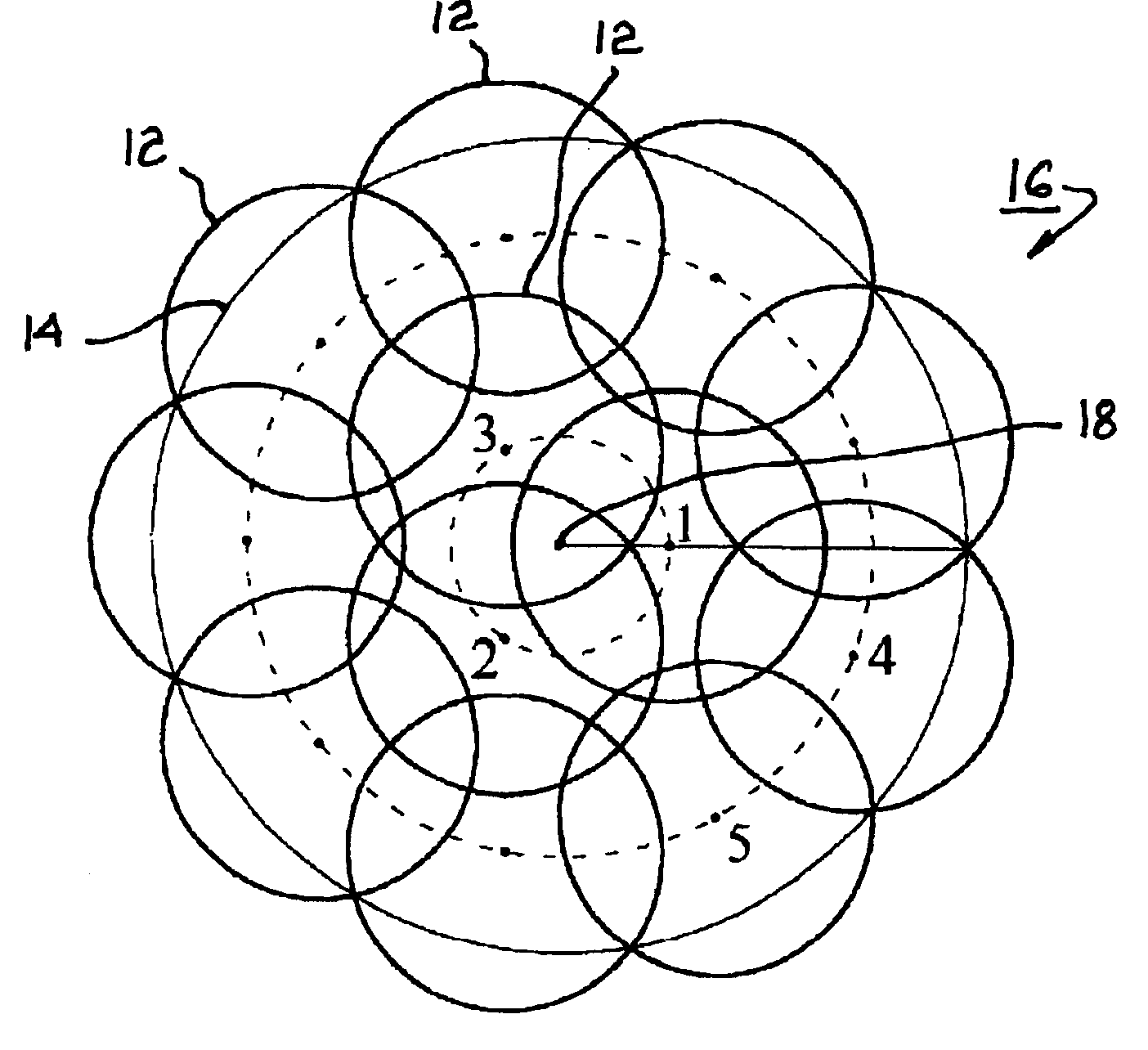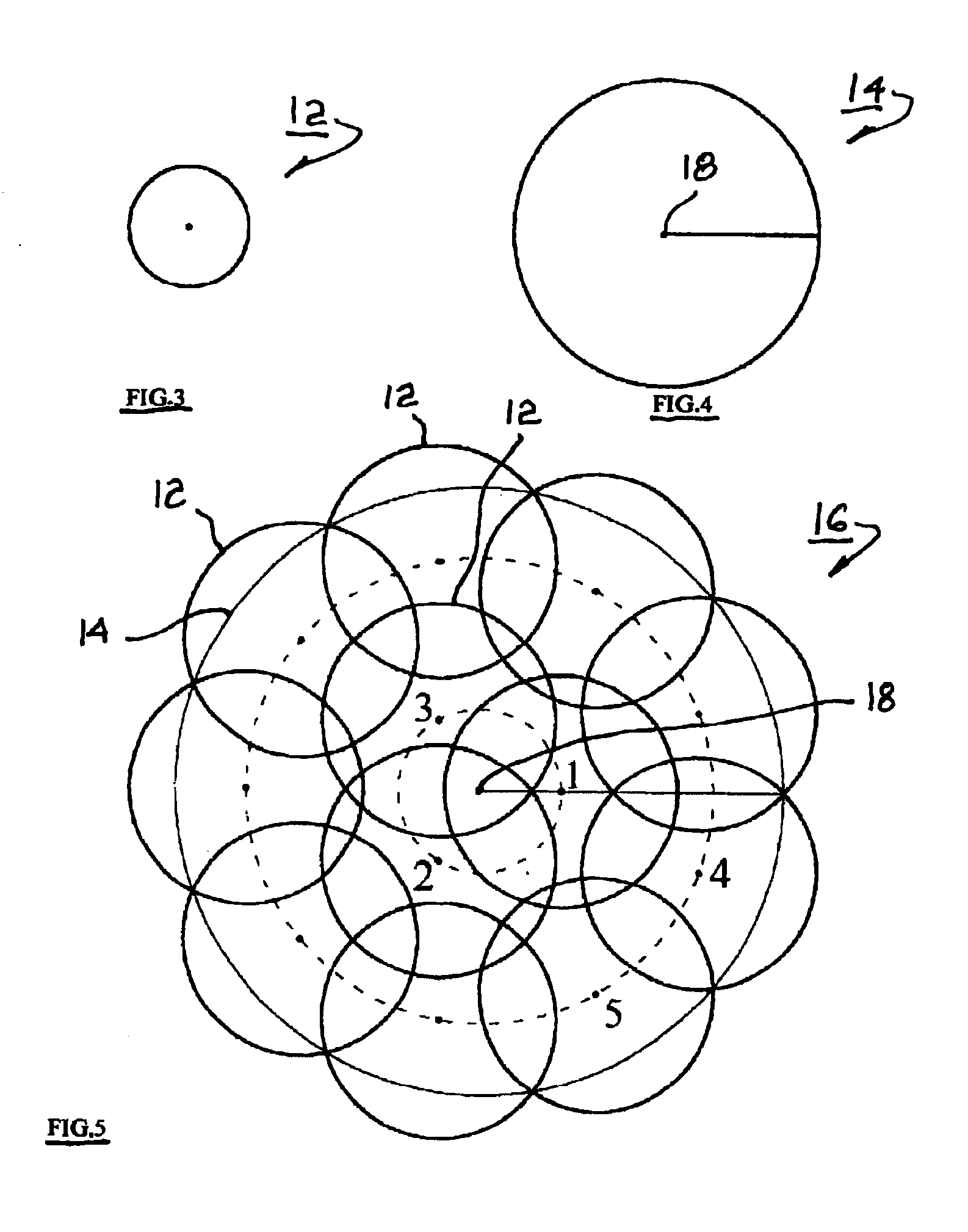Method for self-calibrated sub-aperture stitching for surface figure measurement
a sub-aperture stitching and figure measurement technology, applied in the direction of optical apparatus testing, optical radiation measurement, instruments, etc., can solve the problem of numerical optimization becoming ill-conditioned, and achieve the effect of minimizing discrepancies in all areas and high accuracy
- Summary
- Abstract
- Description
- Claims
- Application Information
AI Technical Summary
Benefits of technology
Problems solved by technology
Method used
Image
Examples
Embodiment Construction
Discussion of Hardware Platforms and Other Considerations
[0032]The basic motion of a flat part for stitching can be realized by using just a pair of transverse translation stages. Additional axes are helpful, however, for practical use in a particular instrument. For example, the limited vertical dynamic range of an interferometer generally requires the fine “nulling” motions of the stages. Nulling an interferogram from a flat requires tip and tilt, while z motion is needed to achieve a confocal configuration on a sphere. Many mechanical configurations can generate these desired motions. Referring to FIGS. 1 and 2, a general-purpose configuration 10, 10′, respectively, for such motions is shown wherein there are six mechanical axes—three for translation (X, Y, Z) and three for rotation (A, B, C). The stages need to position the part such that a nominal null can be achieved at any point on the test surface. All of the mechanical stages may be either under automatic or manual control....
PUM
| Property | Measurement | Unit |
|---|---|---|
| displacements | aaaaa | aaaaa |
| surface measurement | aaaaa | aaaaa |
| global smoothness | aaaaa | aaaaa |
Abstract
Description
Claims
Application Information
 Login to View More
Login to View More - R&D
- Intellectual Property
- Life Sciences
- Materials
- Tech Scout
- Unparalleled Data Quality
- Higher Quality Content
- 60% Fewer Hallucinations
Browse by: Latest US Patents, China's latest patents, Technical Efficacy Thesaurus, Application Domain, Technology Topic, Popular Technical Reports.
© 2025 PatSnap. All rights reserved.Legal|Privacy policy|Modern Slavery Act Transparency Statement|Sitemap|About US| Contact US: help@patsnap.com



